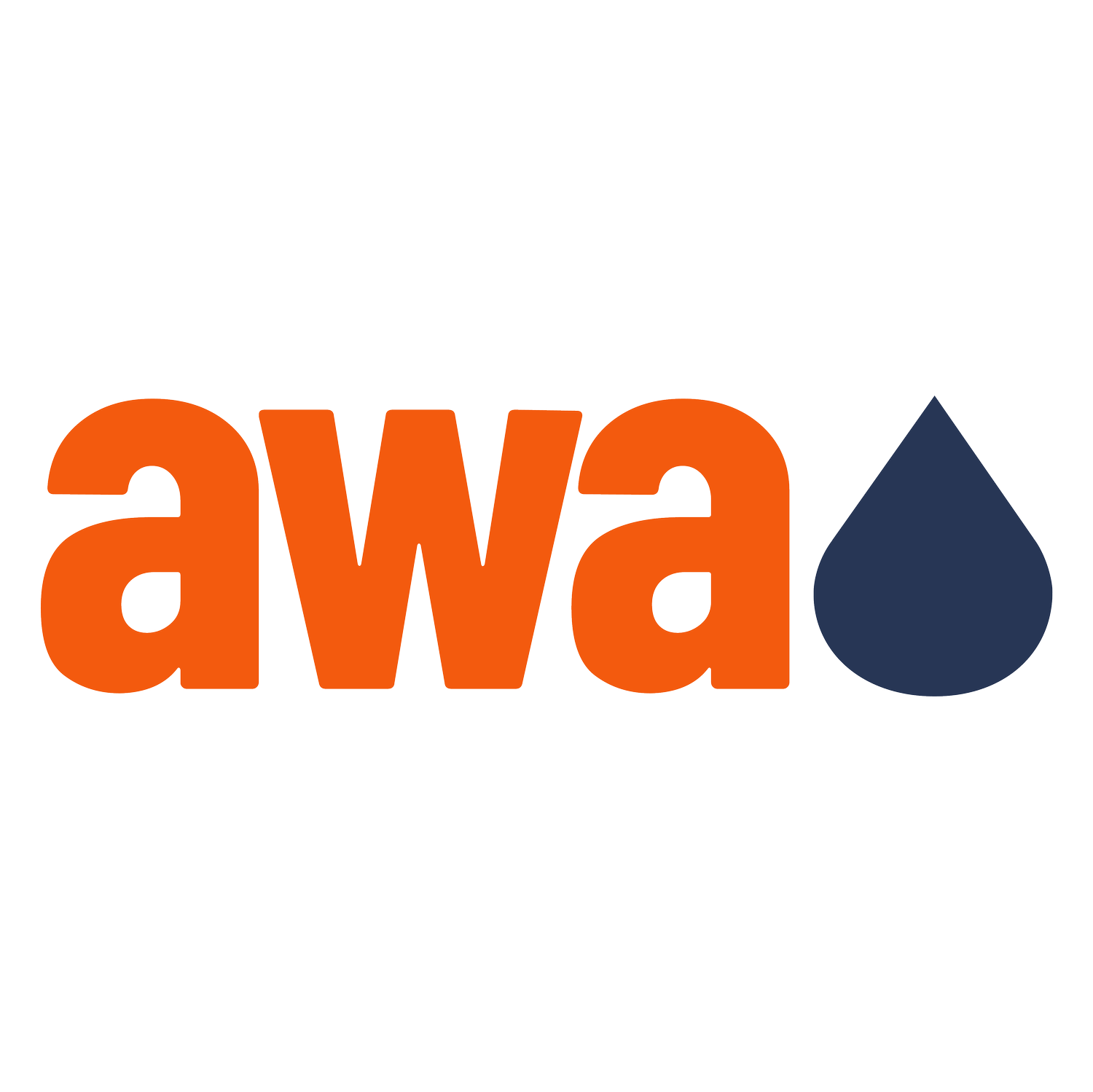Why Water and Sanitation Matter on 25N
On November 25, the International Day for the Elimination of Violence Against Women, the world shines a light on one of the most pervasive human rights violations globally: gender-based violence. This year, as we mark 24 years since the United Nations first commemorated this day, it is critical to address a hidden but urgent issue: gender-based water violence.
While the global development sector has recognized women’s roles as water stewards, particularly in rural and Indigenous communities, it has failed to adequately address the intersection of water, sanitation, and gender-based violence. Women and girls worldwide face violence while performing basic tasks like collecting water or using inadequate sanitation facilities. This issue underscores a stark reality: justice in water and sanitation is not just about equitable access but about ensuring safety and dignity in every step of that access.
The Hidden Crisis: Gender-Based Water Violence
Gender-based water violence continues to be a deficiently explored dimension of water insecurity. It manifests in many ways: sexual harassment while fetching water, rape near poorly lit public toilets, or coercion into sexual favors to access water resources. For instance, in sub-Saharan Africa, open water sources expose women and girls to significant risks of assault. Aditionally, in countries such as Rwanda, Tanzania, Uganda, and Kenya women and girls have reported being coerced into marriage after sexual violence while collecting water.
In the study “Assessing refugee camp characteristics and the occurrence of sexual violence: a preliminary analysis of the Dadaab complex”, Aboune and Hernandez (2013) found that women in refugee camps in Kenya feared using public latrines at night due to poor lighting and the absence of gender-segregated spaces. Similar stories have emerged from Haiti, the Democratic Republic of Congo, and Mozambique, where inadequate facilities force women and girls into dangerous situations. These examples reveal the spectrum of violence associated with water insecurity, from physical assault to psychological trauma and sociocultural stigmatization, especially when it comes to menstrual hygiene.
While efforts in the water sector, particularly in development projects, have primarily focused on promoting women’s leadership and their integration into water management roles within their communities, it is essential to acknowledge the unintended risks that can arise from placing women at the forefront of the fight for water access. Women who lead these efforts often face heightened threats to their safety. In Latin America, Indigenous women advocating for water rights frequently become targets of violence. As both stewards of water and defenders of human rights, their safety must be recognized as a fundamental aspect of achieving true water justice.
Solutions: Bridging Gaps for Safety and Justice
Addressing gender-based water violence requires urgent action. We aim to contribute to the ongoing conversation by emphasizing the following priority areas:
Safe Sanitation Spaces: Investments in gender-segregated, well-lit, and secure latrine facilities are critical, especially in urban human settlements, rural areas, conflict zones, refugee camps, and disaster-affected areas.
Policy and Governance: Governments and organizations must expand their understanding of “gender-based water violence” to include a spectrum of harms, from direct violence to long-term psychosocial impacts. The gender narrative must go beyond the domestic burden of water collection. Integrating a Humanitarian-Development-Peace (HDP) Nexus allows us to tackle access to water and sanitation as a matter of justice and as a critical pathway towards peace for women.
Community-Led Solutions: Women must be central to decision-making processes in water management to ensure solutions address their unique needs and vulnerabilities. This goes hand by hand in creating spaces of decision making where women feel safe and heard.
Accountability for Violence: Water-related interventions should integrate measures to prevent and respond to violence. In today’s context, access to water is inherently gendered, and feedback mechanisms must address this reality.
Recognition of Water as a Safe Space: As emphasized in this year’s World Toilet Day campaign, sanitation should be a space for dignity and protection. Achieving “safe toilets for all” by 2030 is not just a Sustainable Development Goal, it is a cornerstone of building a fairer, more peaceful world.
Call to Action: We encourage individuals and organizations to take action by advocating for policies and interventions that specifically address gender-based water violence. This can include raising awareness, contacting policymakers to demand stronger protections for women in water access, or supporting organizations working on this intersection.
Beyond the Numbers
The statistics on violence against women are staggering. However, these numbers only scratch the surface. For every act of violence reported, countless others go unnoticed, particularly those linked to water and sanitation due to the lack of mechanisms that monitor this specific challenge. The intersection of gender, water, sanitation, and violence is not just a development challenge; it is a global imperative.
On this International Day for the Elimination of Violence Against Women, let us recognize that water security is women’s security. Only by addressing the unique vulnerabilities women face in accessing water and sanitation can we break cycles of violence, protect human dignity, and ensure justice for all.
By: Andrea Cáceres, Executive Director at The AWA Project
Sources:
America Economica. (2019, March 20). Aumenta la violencia contra las mujeres que lideran la lucha por el acceso al Agua. America Economica / Noticias de última hora en Latinoamérica. https://americaeconomica.com/noticia/integracion/aumenta-la-violencia-contra-las-mujeres-que-lideran-la-lucha-por-el-acceso-al-agua.html
Ayala, M. J., Bogado, E., & Cañiza, M. (2020). Género y agua: La experiencia de la inclusión del enfoque de género en los proyectos de agua potable y saneamiento en Paraguay. Inter-American Development Bank. https://doi.org/10.18235/0002277
Nations, U. (n.d.-a). International Day for the Elimination of Violence against Women. United Nations; United Nations. Retrieved November 20, 2024, from https://www.un.org/en/observances/ending-violence-against-women-day
Nations, U. (n.d.-b). World Toilet Day. United Nations; United Nations. Retrieved November 20, 2024, from https://www.un.org/en/observances/toilet-day
Sommer, M., Ferron, S., Cavill, S., & House, S. (2015). Violence, gender and WASH: Spurring action on a complex, under-documented and sensitive topic. Environment and Urbanization, 27(1), 105–116. https://doi.org/10.1177/0956247814564528
Tallman, P. S., Collins, S., Salmon-Mulanovich, G., Rusyidi, B., Kothadia, A., & Cole, S. (2023). Water insecurity and gender-based violence: A global review of the evidence. WIREs Water, 10(1), e1619. https://doi.org/10.1002/wat2.1619

